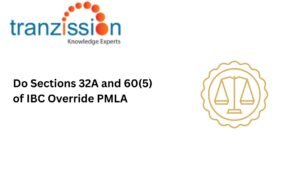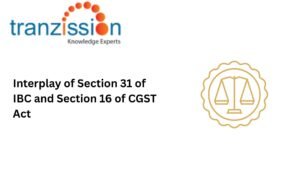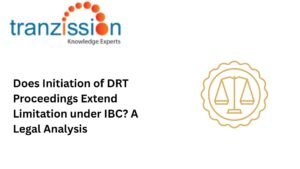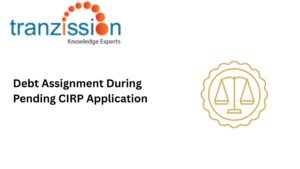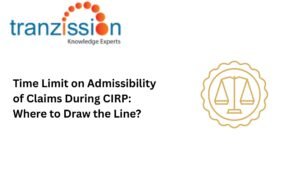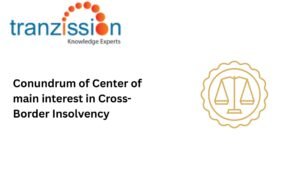
Representation of unsecured creditors in resolution plans
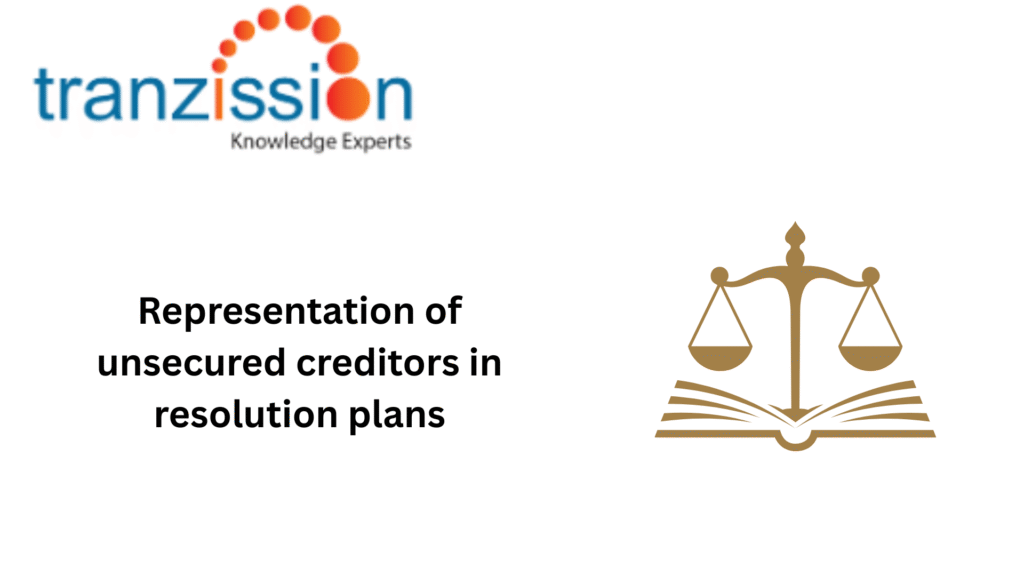
Table of Contents
Section 3(10) of the Insolvency and Bankruptcy Code, 2016 (IBC) defines a “creditor” as any person to whom a debt is owed and includes a financial creditor, an operational creditor, a secured creditor, an unsecured creditors in resolution plans, and a decree-holder. The insolvency framework in India mentions unsecured creditors and their rights.
Understanding unsecured creditors in resolution plans
Although not explicitly defined, an unsecured creditors in resolution plans is a lender who has not been granted any security or collateral by the debtor for the debt owed. Unlike secured creditors, they lack the right or interest in the debtor’s property to satisfy their claims. Unsecured creditors include financial creditors who have not secured their loans with collateral and operational creditors, who are those who owe debts to suppliers, customers, or contractors.
Role in the Committee of Creditors
The Committee of Creditors (CoC) is a crucial body within the IBC, responsible for approving resolution plans and making other key decisions related to the corporate debtor’s insolvency. According to Section 21(2) of the IBC, the CoC comprises all the financial creditors of the corporate debtor. The IBC provisions, thereby, exclude operational creditors, often unsecured, and typically do not have voting rights. This creates an issue for unsecured creditors, as they have limited direct influence on the approval of resolution plans.
Rights and Remedies under the IBC
The IBC and its rules or regulations include certain rights of unsecured creditors in resolution plans:
Claim Submission:
Unsecured creditors submit their claims through the specified forms within 90 days from the insolvency commencement date. These claims must be submitted to the interim resolution professional (IRP) or the resolution professional (RP).
Information Rights:
They have specific information rights related to the corporate insolvency resolution process (CIRP) and the CoC. They have the right to participate in the CoC, receive financial information from the RP, and vote on resolution plans. Thus, unsecured creditors are entitled to receive updates on the CIRP progress.
Challenging Resolution Plans:
Unsecured creditors can argue that the plan violates the requirement of providing at least the liquidation value to dissenting creditors as per section 30(2)(b) of the IBC or that it does not adhere to the priority of payments outlined in section 53. Therefore, they can challenge resolution plans on limited grounds, primarily related to the plan’s compliance with the IBC and the fairness of the terms.
Representation in Resolution Plans
Plan Provisions:
Resolution plans under the IBC address the claims of unsecured creditors by proposing a specific payment structure or arrangement. These plans typically outline how much, if anything, will be paid to unsecured creditors, and they must be approved by the CoC and then by the National Company Law Tribunal (NCLT).
Fair and Equitable Treatment:
Section 30(2)(b) of the IBC mandates that any resolution plan presented must provide for the payment of debts owed to operational creditors in a manner that is not less than what they would receive if the corporate debtor were liquidated. This provision protects operational creditors from being unfairly treated in a resolution plan by ensuring they receive a minimum recovery.
Judicial Interpretations:
The Supreme Court in the Essar Steel judgment clarified the treatment of dissenting creditors, stating that they would receive a minimum amount during CIRP.
Challenges Faced by Unsecured Creditors
Limited Influence:
While the IBC mandates representation for unsecured creditors in the CoC, their influence may be limited, particularly if the CoC is dominated by financial creditors. This can lead to resolution plans that are not favourable to unsecured creditors, as they may be unable to effectively voice their concerns or negotiate for a more equitable distribution.
Information Asymmetry:
The provisions under the IBC can lead ot inequitable distributions, where financial creditors, who are often the initiators of the insolvency process, may benefit disproportionately at the expense of other creditors. The potential lack of access to complete information about the debtor’s financial situation can inadvertently affect the outcome of the insolvency process.
Recovery Rates:
Unsecured creditors may face delays in receiving payments or legal challenges that prolong the process and further reduce their recovery. For instance, under section 53 of the IBC, an unsecured creditor is placed lower in the priority waterfall for asset distribution compared to secured creditors, workmen’s dues, and employees’ dues.
Enhancing Representation and Protection
To improve the position and participation of unsecured creditors in the IBC process, it is recommended that:
- The Insolvency and Bankruptcy Board of India (IBBI) should amend the IBC to provide a greater voice to unsecured creditors.
- The regulatory authorities need to form representative committees or appoint trustees to advocate for the interests of unsecured creditors.
- The IBBI can educate unsecured creditors about their rights and the CIRP process.
Conclusion
unsecured creditors in resolution plans are represented through the CoC, where they have voting right but their representation can be limited by the dominance of financial creditors. While the IBC aims to provide them a fair chance in resolution plans and their cliams may be affected if the resolution plan is approved by the majorty CoC. According to the waterfall mechanism in section 53, secured creditors are prioritised over other crediotrs, meaning that unsecured creditors may not recive full repayment if the corproate debtor’s assets are insuffienct to cover all debtes. Operational creditors, including unsecured creditors, are not allowed on the CoC and cannot vote on the approval of the resolution paln. This means that their cliams may be affected by the decisions of the CoC without their direct input. Thus, there is need for balanced reforms to ensure equitable treatment of all creditor classes.
Read more :

